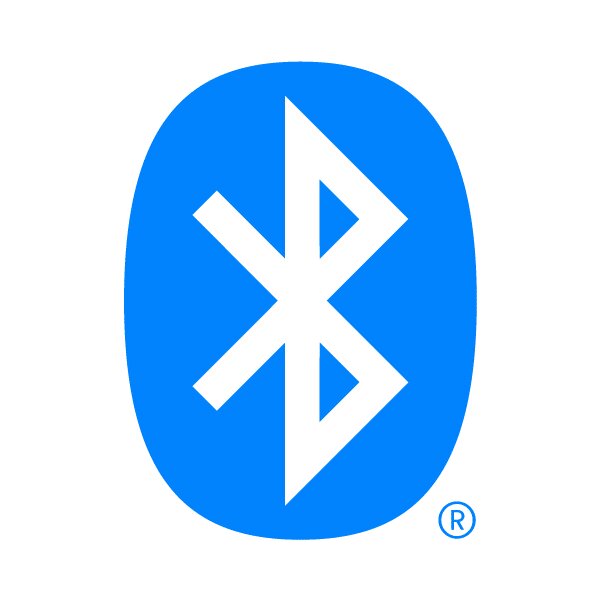Slack Awaits Its Biggest Makeover For Improving User Interface
Slack Technologies released its messaging application in 2013. The user interface had some flaws that the company is trying to fix. Every application comes up with the latest and modified version after a fixed period. But, Slack has declared that this redesigning of the application is going to be the biggest in its history.
Prior problems faced by the users
Apart from the basic structural design, every user wants to customize and make sure they are comfortable using any application. An application might have the power to do multiple tasks at a time. But, the problem arises when your users don’t know how to do it at all.
Slack is a very powerful platform that provides a tool for instant messaging. It is available in eight different languages. Currently, it has 12 million active daily users. But, every time the customers provide feedback, the common question “how to use the features” has come up. Jaime DeLanghe, Director of Product Management, Slack said that they were too busy delivering customer value. But, it is high time to take a pause and provide some space to the user interface.
We have often run by the common proverb, “Too many cooks spoil the broth”. Here is the thing; Slack is having the innumerable number of features. But, what is the use of it when the customers cannot use it properly? Everything needs to be in the proper place, customizable, a lot simpler, and well fitted on the screen.
The trendy sidebar
The news of the redesigning has created a “face-palm” situation for the users. Many of them are in tension if it gets more complex. But, Ethan Eismann, Vice President of Design, Slack stated that the redesigning will adapt some old school ideas as well. They are working on making it as simpler as possible.
Slack users have previously faced the problem regarding customizing which led to the introduction of a sidebar. Out of all changes that are going to take place, the sidebar is the real hype. One person must be busy working on a project and discussing it at the same time. So, the new sidebar will allow the user to segregate all you need to be in one section. And, the users can then simply drag and drop it in the sidebar. So, it just stopped getting messy and confusing in the first place.
Moreover, this sidebar also has a new compose button which will allow the users to start a conversation into any Slack Channel. The users can either DM or any other way as it will work more like a universal texting button. Another section called People and Mentions & Reactions has been added to the sidebar. This allows the user to find relatable channels and pings, and also suitable people the user wants to DM. So, the redesigning will make Slack more time-efficient along with making it comfortable to use.
But, this whole thing of organizing the channels and conversations under one roof is available for the paid-users only.
What are the other modifications?
It is to be noted that a lot of changes are going to take place in the application, especially the frontend development. Apart from the sidebar, Slack is introducing a top navigation bar. This has been introduced so that the users can search and switch between pages. This feature also helps the users to view their browsing history. The activities that the user might carry out in the navigation bar will support mouse and keyboard shortcuts.
The shortcut button is modified which can be used now access conversation tools. Previously, this was to be done by text commands. The application will also have a new compose button and other small changes.
Redesigning is important than adding new features
When a modified version of an application is released it comes with new features. But, this time Slack has decided to arrange its existing features in a better and clearer way. Instead of adding some new features and making it messier, it is important to think about the user interface. So, Slack has decided to make changes in the mobile application and undoubtedly in UI.
Slack is also thinking about the new users coming from a habit of using a different application or only drafting emails. The company has already started implementing the changes to make Slack spacious and well-arranged.

Annasha Dey is an NIT student, who apart from studying engineering is also a content writer. She has a great interest in photography, writing, reading novels, and travelling as well. She is a foodie who loves socializing and hanging out with her friends. She is also a trained Kathak dancer and a big fashion enthusiast. Dey also loves watching TV series, which includes F.R.I.E.N.D.S. and Big Bang Theory. To be a better writer she prefers to read more







